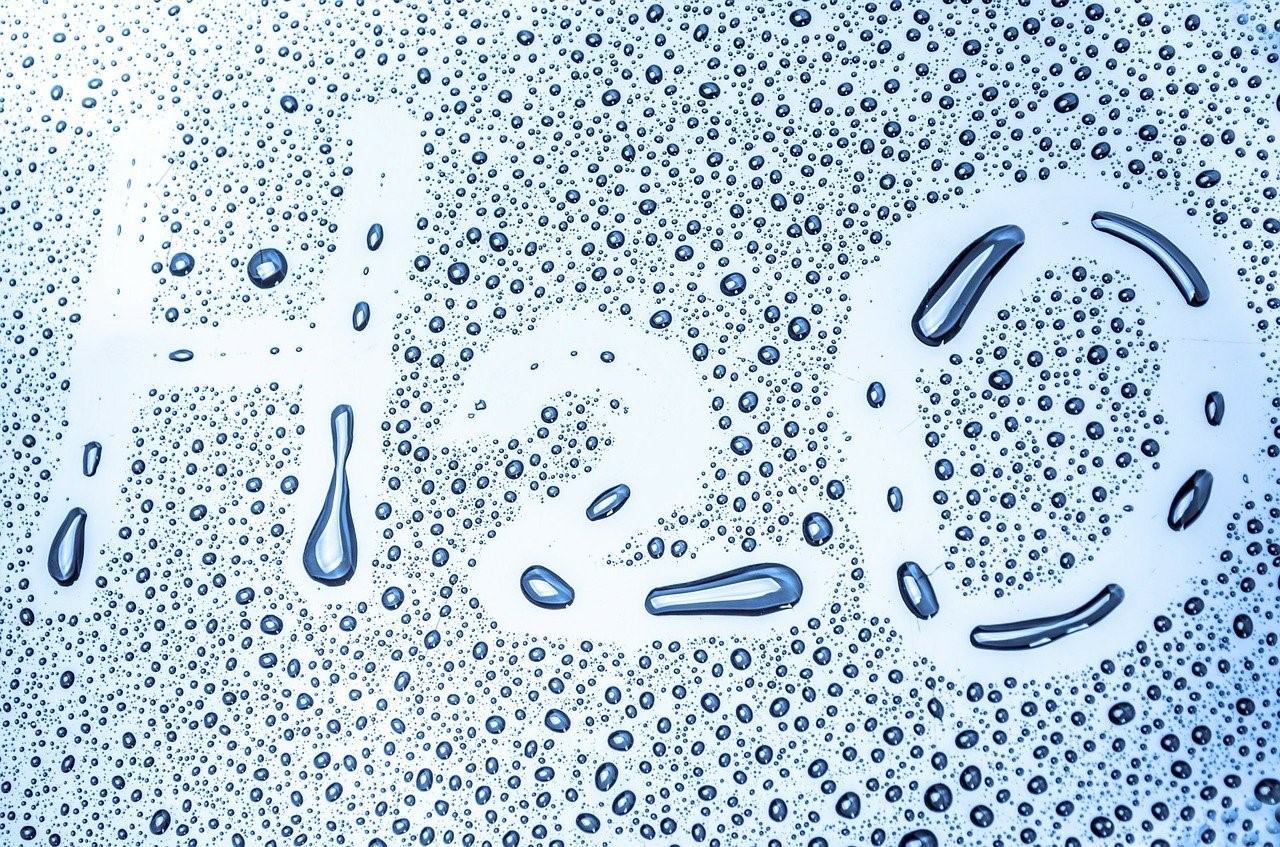Analytical chemistry
Analytical chemistry is the study of properties of substances by use of instrumentation and the measure of quantity and quality. It also involves a measure of precision and accuracy. Some of the common methods of analysis used are :
Analytical methods
Spectroscopic analysis : Atomic Absorption mass spectroscopy and atomic emission and fluorescence . Moreover there is also Molecular Spectroscopy such as ; NMR , UV, IR, Raman. There is also gravimetric analysis which deals with mainly analyzing by weighing the mass of compounds. However volumetric analysis deals with analyzing by using volumes measurements of solutions of compounds .
Another analytical method is thermal and electrochemical methods. Thermal methods uses heat from the sample as a signal to be detected but electrochemical methods require use of electricity to decompose or form a charge from the sample to enable it to move towards electrode.
Analyte ,Domain and sensitivity
In analytical chemistry , the substance that is analyzed contains the analyte. The analyte can be a molecule or a compound or an ion that interacts with a signal from the instrument that records the output signal. The signal output (DOMAIN) could be non-electrical or electrical . Non-electrical domain could be visual color or measure on a mass balance or smell . Electrical domain could be measured and detected in many forms on a detector . A common example is an analogue voltage reader from a pH meter.
Every domain that is analyzed goes to a detector . Detectors can have limits or range above or below which they might not work properly. This means they have different sensitivities ,accuracies and precisions. The user can manually calculate this or read it from the instrument before using it. This is called Calibration. For instance, specific known amounts of the analytes is made into solutions of different concentrations . The instrument response to this analyte is measured and plotted on a graph to obtain a straight line . The equation of this graph is used to analyze any sample that contains the analyte. This is called a Calibration curve.
There are several methods of calibration of instruments in analytical chemistry as well as methods for calculating accuracy and precision of results. These are just given for information purposes only and not given much detailed in this post until further updates.
Analytical chemistry is important in every area of science and related fields including , medicine , pharmacy , and even geology and archeology. Certain more research is coming through this field and the rest of the post in this will be dedicated to methods of analysis.



